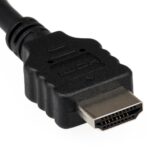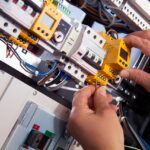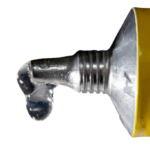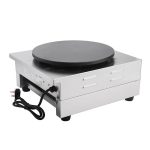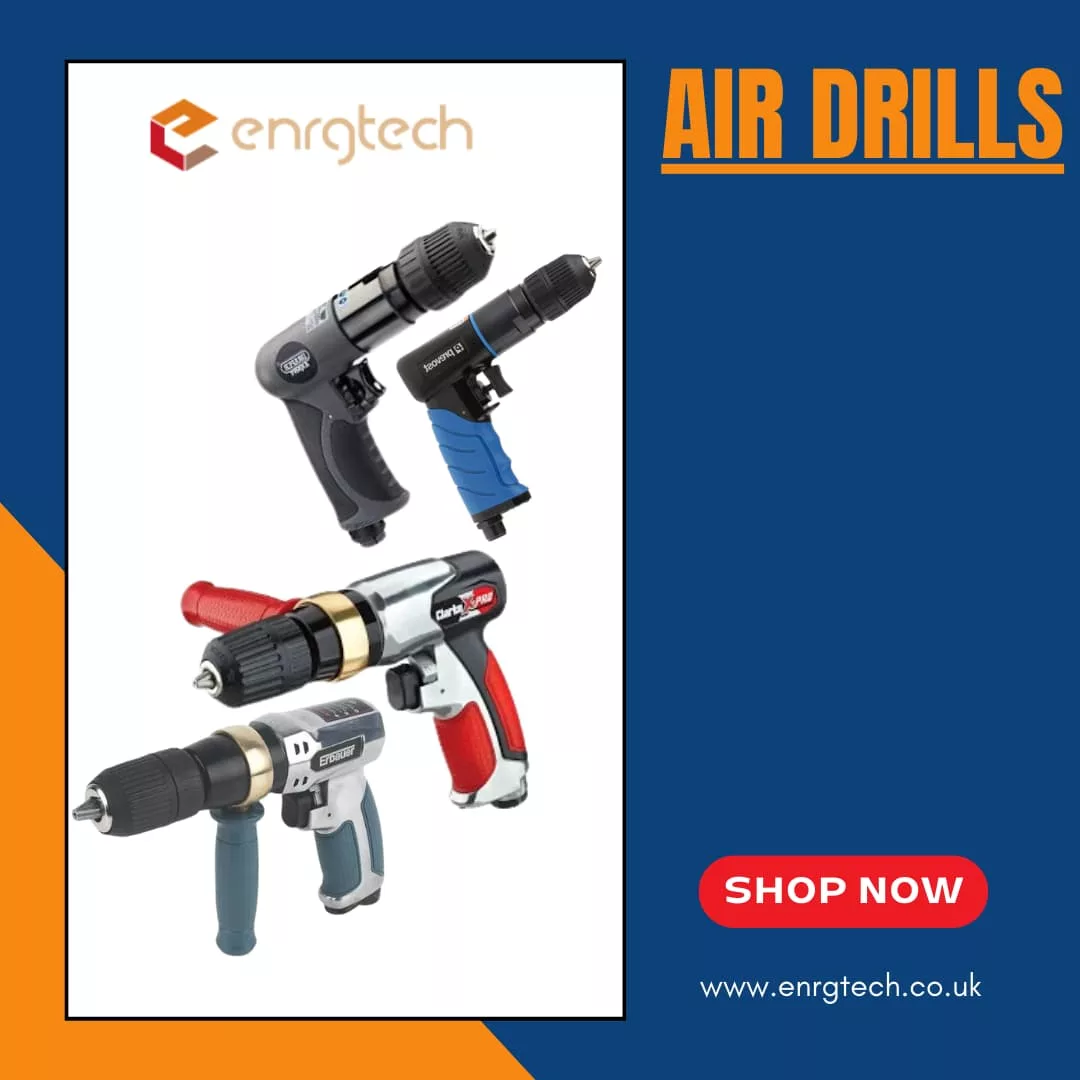
Introduction
When it comes to equipping a workshop, the choice of tools can significantly impact efficiency, precision, and overall productivity. Air drills, often overshadowed by their electric counterparts, offer a host of advantages that make them a go-to option for professionals and hobbyists alike. With their unmatched power and speed, they can revolutionise your workshop workflow, making even the most challenging projects a breeze. This article discusses the key advantages of incorporating air drills into your workshop setup.
Understanding Air Drills: How Do They Work?
Before delving into the advantages, it’s important to understand what an air drill is and how it works. They are also known as pneumatic drills, are drilling tools that use compressed air to drill holes or break hard surfaces. These drills are typically connected to an air compressor via a hose and are equipped with a chuck to hold drill bits, screws, or other attachments. Air drills come in various sizes and configurations, from portable, handheld models to larger, more powerful drills employed for boring holes in concrete or steel. These powerful tools are widely used in environments where electricity might be hazardous, such as wet or explosive areas.
Pneumatic air drills operate using compressed air as their power source. When the drill’s trigger is pressed, the compressed air flows through the drill’s internal mechanism, powering an air motor. This motor converts the kinetic energy of the flowing air into a rotary motion that spins the drill bit. The greater the airflow and pressure from your air compressor, the stronger the drilling torque.
Importance of Efficient Tools in Modern Workshops
The role of efficient tools cannot be overstated in today’s modern workshops. High-efficiency tools enhance productivity, improve accuracy, and ensure safety within modern workshops. Efficient tools empower skilled workers to perform complex tasks with greater speed and precision, minimising errors and maximising output. Additionally, they facilitate a safer working environment by reducing the risk of injuries and accidents.
Notable Advantages of Air Drills Explained
Air drills offer several advantages over their electric counterparts, making them a popular choice in many industries and workshops. Some of the major benefits include:
Enhanced Durability and Longevity
They are designed for heavy-duty use and can withstand prolonged operation without overheating. Unlike electric drills, which rely on motors susceptible to wear and tear, air drills use compressed air as a power source that minimises internal component stress, leading to longer tool life and fewer maintenance requirements.
Key Benefits:
- Reduced overheating issues.
- Minimal wear and tear.
- Longer operational lifespan.
Lightweight and Ergonomic Design
One of the standout features of air drills is their lightweight construction. As they don’t house heavy motors, they are easier to handle and manoeuvre, reducing operator fatigue during extended use. This ergonomic advantage is particularly beneficial in professional settings where precision and endurance are critical.
Key Benefits:
- Easier to handle for prolonged periods.
- Improved precision due to reduced hand fatigue.
- Enhanced comfort during operation.
Superior Performance and Speed
Pneumatic drills deliver high-speed operation and consistent torque. They can drill through metal, wood, and other materials efficiently with robust repetition without compromising on quality.
Key Benefits:
- Faster task completion.
- Consistent power and torque.
- Reliable performance for various materials.
Increased Safety
Safety is a paramount priority in any workshop, and air drills provide a significant advantage in this regard. Unlike electric models, air drills pose no risk of electric shock, making them safer to use. Additionally, their simple design reduces the likelihood of mechanical failures.
Key Benefits:
- No risk of electric shock.
- Safer for use in wet or hazardous environments.
- Reduced risk of overheating.
Cost-Effective Operation
While the initial investment in a compressor system might be higher, they are generally more cost-effective in the long run. They have fewer moving parts, which reduces maintenance costs. Additionally, multiple pneumatic tools can share a single compressor, further maximising value.
Key Benefits:
- Lower maintenance expenses.
- Long-term savings on tool replacements.
- Efficient use of a shared air supply.
Versatility in Applications
Pneumatic drills are highly versatile and suitable for several applications, including automotive repairs, carpentry, metalwork, and general construction. Their ability to accommodate various drill bits and attachments enhances their adaptability to diverse tasks.
Key Benefits:
- Wide range of applications.
- Compatibility with multiple attachments.
- Suitable for both professional and DIY projects.
Environmentally Friendly
Unlike electric or battery-powered drills, which consume electricity and contribute to carbon emissions, air drills are a more eco-friendly option, particularly when used with energy-efficient air compressors.
Key Benefits:
- Reduced carbon footprint.
- Efficient energy usage.
- Environmentally sustainable operation.
Final Thoughts
Air drills are a valuable and cost-effective addition to any workshop, offering a combination of durability, performance, and safety. Their lightweight design and versatility make them suitable for various tasks, while their environmentally friendly operation aligns with sustainable practices. By investing in pneumatic drills, you can enhance your work quality and efficiency, ensuring long-term satisfaction and reliability.









